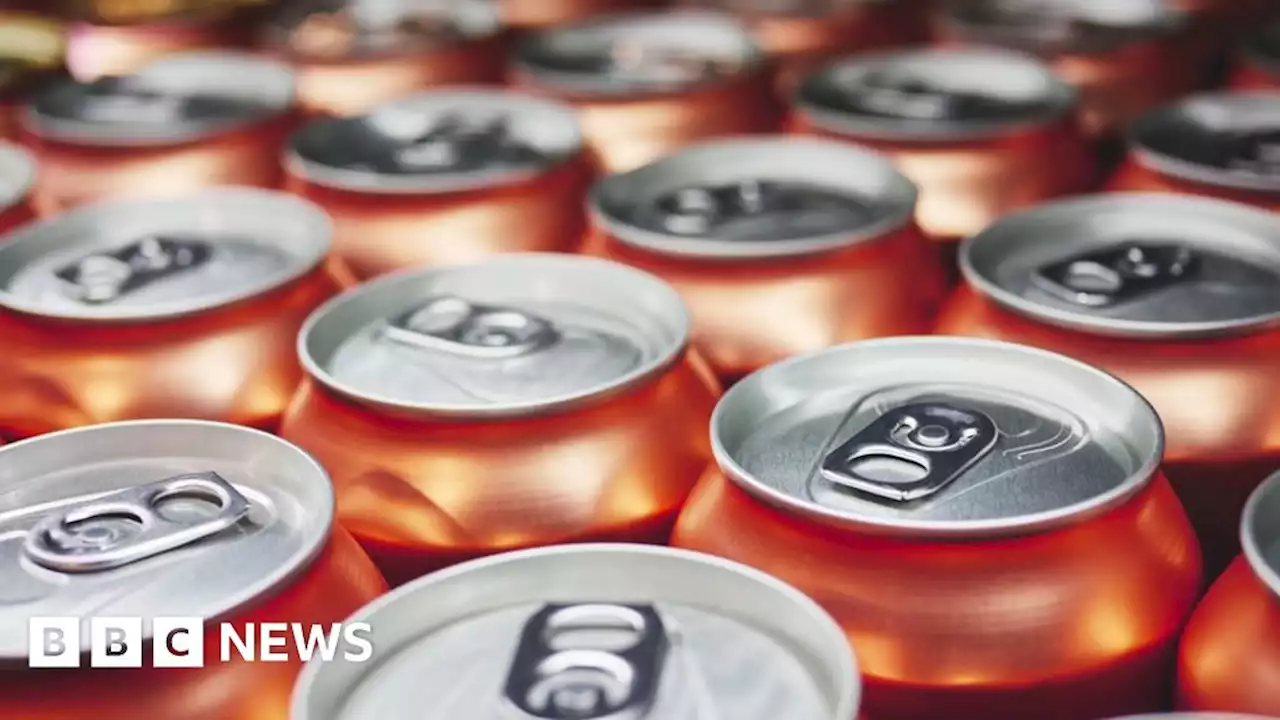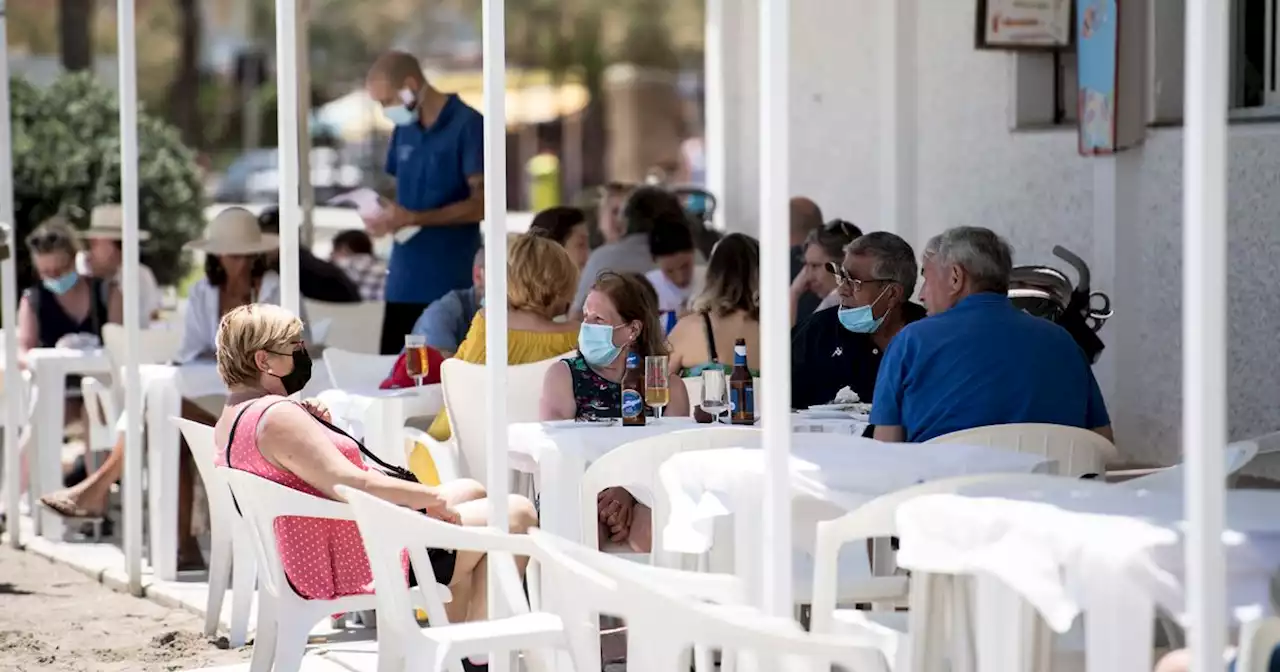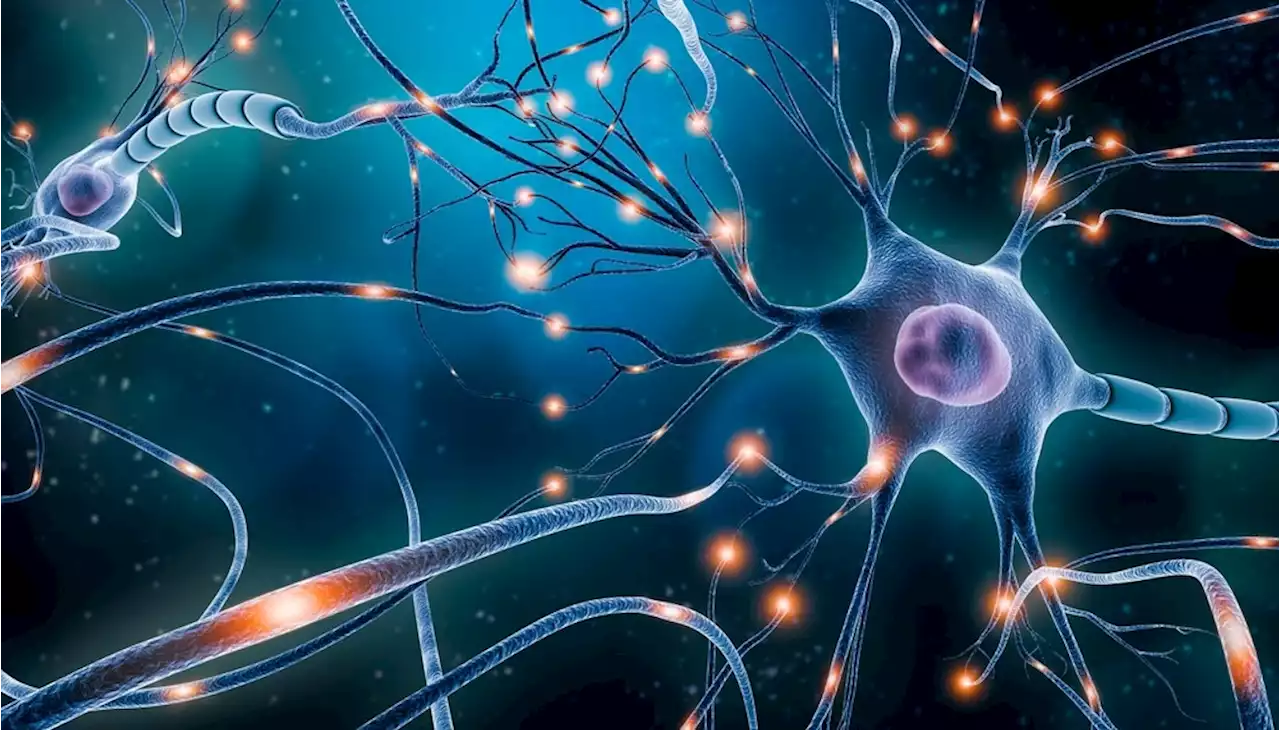Certain Nanoplastics Can Cause Holes Between Endothelial Cells: NatureComms nanoplastics nanotoxicology nanomedicine nanoplastic plastics microplastics endothelium
By Dr. Priyom Bose, Ph.D.Aug 16 2022Reviewed by Megan Craig, M.Sc. Globally, the increased demand and production of plastics have led to their massive accumulation in landfills and the ocean. This has had a significant impact on environmental sustainability and escalated the problem of climate change. Additionally, plastic accumulation has potentially impacted human health.
In a recent Nature Communications study, researchers sought to address the aforementioned gap in research and revealed that the introduction of different nanoplastic forms, such as poly and anionic polystyrene , causes damage to the vascular endothelial cadherin junctions. Nanoplastics affect humans in different ways; for example, they can impair growth, metabolism, or reproductive capacity. They also impact the immune system by enhancing endoplasmic reticulum stress, oxidative stress, cytokine secretion, and apoptosis.
Nanotoxicology-based in vitro assays, namely, Cell Counting Kit-8 , reactive oxygen species , and cellular mortality assays, were conducted. In these assays, different concentrations of the nanoplastics were introduced to human umbilical vein endothelial cells over time. In addition to PS, NanoEL's competence in other nanoplastic forms, such as aminated polystyrene and PMMA, was studied. Both nanoplastics were characterized using varied analytical tools and were introduced to HUVECs.
Two endocytosis inhibitors, namely, monodansylcadaverine and methyl-β-cyclodextrin , failed to stop the PS nanoplastic-induced leakiness; however, PP1 and Y-27632 were able to lower the pace of the process. Furthermore, several in vitro and in vivo assays strongly indicated that PS nanoplastic-induced endothelial leakiness was not dependent on endocytosis and ROS formation. Nevertheless, they were found to be strongly associated with actin remodeling and the VE-cadherin pathway.
Ireland Latest News, Ireland Headlines
Similar News:You can also read news stories similar to this one that we have collected from other news sources.
 Newtownabbey: Ardagh Group gets go ahead for drinks can factoryThe Ardagh Group will make drinks cans at the £150m facility in County Antrim.
Newtownabbey: Ardagh Group gets go ahead for drinks can factoryThe Ardagh Group will make drinks cans at the £150m facility in County Antrim.
Read more »
 6 things Brits can't be charged for in Spanish restaurantsRestaurants can't charge for certain things according to a consumer organisation
6 things Brits can't be charged for in Spanish restaurantsRestaurants can't charge for certain things according to a consumer organisation
Read more »
 Carbon Quantum Dots Protect Against Neuronal Cell DeathA particular type of carbon nanomaterial, CQDs made of citric acid protects against oxidative stress, neuronal loss, and increased organismal mortality brought on by environmental toxins.
Carbon Quantum Dots Protect Against Neuronal Cell DeathA particular type of carbon nanomaterial, CQDs made of citric acid protects against oxidative stress, neuronal loss, and increased organismal mortality brought on by environmental toxins.
Read more »
 Noncoding RNA-mediated molecular bases of chemotherapy resistance in hepatocellular carcinoma - Cancer Cell InternationalDespite the significant progress in decreasing the occurrence and mortality of hepatocellular carcinoma (HCC), it remains a public health issue worldwide on the basis of its late presentation and tumor recurrence. To date, apart from surgical interventions, such as surgical resection, liver transplantation and locoregional ablation, current standard antitumor protocols include conventional cytotoxic chemotherapy. However, due to the high chemoresistance nature, most current therapeutic agents show dismal outcomes for this refractory malignancy, leading to disease relapse. Nevertheless, the molecular mechanisms involved in chemotherapy resistance remain systematically ambiguous. Herein, HCC is hierarchically characterized by the formation of primitive cancer stem cells (CSCs), progression of epithelial-mesenchymal transition (EMT), unbalanced autophagy, delivery of extracellular vesicles (EVs), escape of immune surveillance, disruption of ferroptosis, alteration of the tumor microenvironment and multidrug resistance-related signaling pathways that mediate the multiplicity and complexity of chemoresistance. Of note, anecdotal evidence has corroborated that noncoding RNAs (ncRNAs) extensively participate in the critical physiological processes mentioned above. Therefore, understanding the detailed regulatory bases that underlie ncRNA-mediated chemoresistance is expected to yield novel insights into HCC treatment. In the present review, a comprehensive summary of the latest progress in the investigation of chemotherapy resistance concerning ncRNAs will be elucidated to promote tailored individual treatment for HCC patients.
Noncoding RNA-mediated molecular bases of chemotherapy resistance in hepatocellular carcinoma - Cancer Cell InternationalDespite the significant progress in decreasing the occurrence and mortality of hepatocellular carcinoma (HCC), it remains a public health issue worldwide on the basis of its late presentation and tumor recurrence. To date, apart from surgical interventions, such as surgical resection, liver transplantation and locoregional ablation, current standard antitumor protocols include conventional cytotoxic chemotherapy. However, due to the high chemoresistance nature, most current therapeutic agents show dismal outcomes for this refractory malignancy, leading to disease relapse. Nevertheless, the molecular mechanisms involved in chemotherapy resistance remain systematically ambiguous. Herein, HCC is hierarchically characterized by the formation of primitive cancer stem cells (CSCs), progression of epithelial-mesenchymal transition (EMT), unbalanced autophagy, delivery of extracellular vesicles (EVs), escape of immune surveillance, disruption of ferroptosis, alteration of the tumor microenvironment and multidrug resistance-related signaling pathways that mediate the multiplicity and complexity of chemoresistance. Of note, anecdotal evidence has corroborated that noncoding RNAs (ncRNAs) extensively participate in the critical physiological processes mentioned above. Therefore, understanding the detailed regulatory bases that underlie ncRNA-mediated chemoresistance is expected to yield novel insights into HCC treatment. In the present review, a comprehensive summary of the latest progress in the investigation of chemotherapy resistance concerning ncRNAs will be elucidated to promote tailored individual treatment for HCC patients.
Read more »
Labour’s energy plan is politically potent but has holes\n\t\t\tJournalists in 50+ countries follow the constant flow of money made and lost in oil & gas while\n\t\t\ttracking emerging trends and opportunities in the future of energy. Don’t miss our exclusive\n\t\t\tnewsletter, Energy Source.\n\t\t
Read more »
 'Thunder fever' to strike again: Warning as heavy rain expected to trigger rare weather phenomenon'Thunder fever' is set to cause havoc for millions of hay fever sufferers as heavy downpours replace scorching temperatures across the UK.
'Thunder fever' to strike again: Warning as heavy rain expected to trigger rare weather phenomenon'Thunder fever' is set to cause havoc for millions of hay fever sufferers as heavy downpours replace scorching temperatures across the UK.
Read more »
